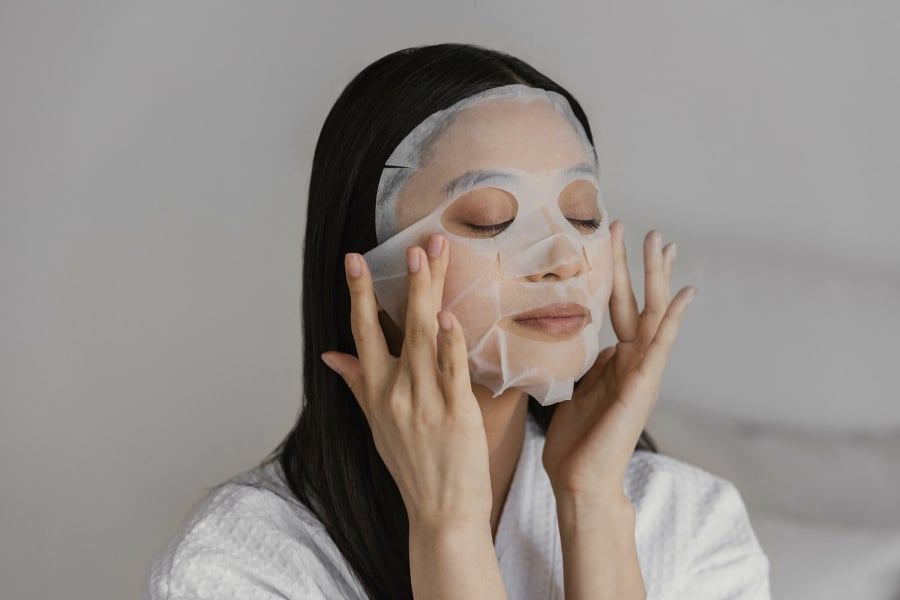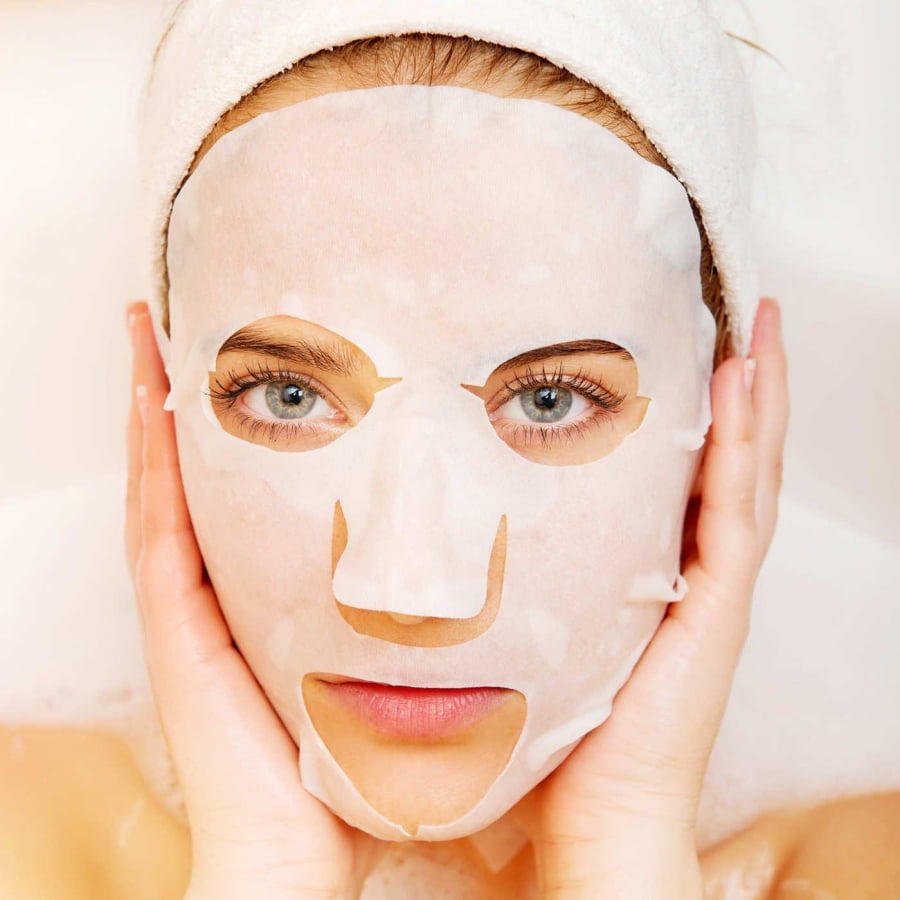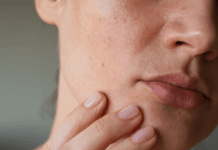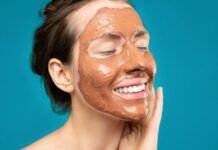Facial masks are a popular choice in beauty routines due to their ability to directly and quickly deliver nutrients to the skin. However, not everyone knows how to use them correctly. While you may feel a plumping and smoothing effect on your skin after masking, improper use can lead to no improvement or even a deterioration in skin condition. Here are some common mistakes to avoid for optimal results in your skincare routine.
1. Not Washing Hands Before Applying a Mask
One of the first and often overlooked steps is washing your hands before applying a face mask. Our hands carry a lot of bacteria and dirt. If you don’t wash your hands thoroughly before touching the mask, these bacteria can transfer to the mask and increase the risk of acne and skin irritation. Ensuring hand hygiene before masking is crucial to protect your skin from harmful agents.

Washing your hands before applying a face mask is a crucial step that is often overlooked.
2. Choosing a Mask Inappropriate for Your Skin Type
Each skin type has unique characteristics, so not every mask is suitable for everyone. If you have oily skin, a clay mask is an excellent choice to control excess sebum. However, if you have dry skin, using a clay mask will make your skin drier and more irritable. Thus, understanding your skin type is essential before selecting a mask to ensure it meets your specific needs.
3. Using Only One Type of Mask
Our skin can change with the seasons, weather, and environment. Therefore, using the same mask year-round is a mistake. Each season brings different requirements for our skin; for instance, in summer, our skin may produce more oil, while in winter, it craves extra hydration. Adapt to your skin’s needs by varying your mask choices throughout the year to maximize its benefits.
4. Leaving the Mask on for Too Long
Many believe that keeping a mask on for an extended period will allow the skin to absorb more nutrients. On the contrary, this is a misconception. Leaving a mask on too long can cause it to draw moisture out of your skin, leaving it dry and unbalanced. The ideal time for masking is between 15-20 minutes, depending on the manufacturer’s instructions. Avoid exceeding this duration to prevent adverse effects.

Leaving a face mask on for too long can cause it to draw moisture out of your skin.
5. Using an Inappropriate Amount of Mask
Using too little or too much mask will not yield optimal results. Insufficient product will not provide enough nutrients for the skin to absorb, while excess product can clog pores and cause irritation. The right amount of mask will ensure adequate nutrient delivery without causing discomfort.
6. Using Cleanser After Masking
A common mistake is using a facial cleanser to wash off the mask, especially with clay or DIY natural masks. This step strips away any remaining nutrients on the skin, leaving it dehydrated and undernourished. After removing the mask, simply rinse your face with cool water to retain the beneficial ingredients on your skin.
7. Skipping Moisturizer After Masking
While masks provide hydration and nutrients, they don’t replace other steps in your skincare routine. After removing the mask, apply a moisturizer to seal in the moisture and the mask’s benefits. This step is crucial to maintaining soft and supple skin.
8. Lack of Hygiene in DIY Mask Preparation
Although DIY masks made from natural ingredients are safe and gentle, improper preparation can lead to bacterial contamination and reduced effectiveness. Ensure the cleanliness of your ingredients and sterilize any tools used in the process to maximize the benefits of your DIY masks.
How to Properly Use a Face Mask
Before applying a mask, prepare your skin by cleansing, toning, and steaming your face. These steps will deep clean your pores and open them up, allowing the mask’s nutrients to penetrate better. Additionally, exfoliate twice a week to remove dead skin cells and promote a brighter, smoother complexion.
- Take the mask out of the refrigerator to bring it to a comfortable temperature.
- Wash your hands thoroughly and remove the mask from its packaging.
- Place the mask onto your face, adjusting it to fit snugly.
- Use any excess product on your neck and other areas of your body.
- Relax for about 15-20 minutes.
- Remove the mask and gently pat your skin to aid absorption.
Note: Aim to use a face mask 2-3 times a week, and choose products with gentle, hydrating formulas that avoid irritating ingredients.
By using face masks correctly, you’ll be on your way to achieving youthful, glowing, and healthy skin.







































